Walk in the footsteps of kings, queens, and infamous prisoners with Historic Royal Palaces and Google Arts & Culture.
The story of the Tower of London is, in many respects, the story of England. Throughout its almost 1,000-year history, this world-famous monument has not just witnessed but played a pivotal role in some of the most seismic events in the country’s history. From the Norman Conquest to the Great Fire of London, this indomitable fortress has remained a potent, often terrifying, symbol of royal power.
As Chief Curator at Historic Royal Palaces, I’ve enjoyed unparalleled access to this extraordinarily historic site, walking in the footsteps of some of the most famous characters in history — Henry VIII, Anne Boleyn, Elizabeth I, Guy Fawkes and Thomas Cromwell. These are characters I have spent my career researching and writing about, so to have been able to explore the places where they were entertained, interrogated, imprisoned and in some cases executed has brought their stories to life in a way that books and archives alone could never do.
Now, thanks to our collaboration with Google Arts & Culture, people around the world can explore this iconic site — even some of the places that visitors don’t get to see, such as the King’s House, where the Gunpowder Plotters were interrogated in 1605 — and dive into its history through digital storytelling, virtual tours and beautiful art in high-resolution imagery, all coming together at goo.gle/toweroflondon.
Item 1 of 3
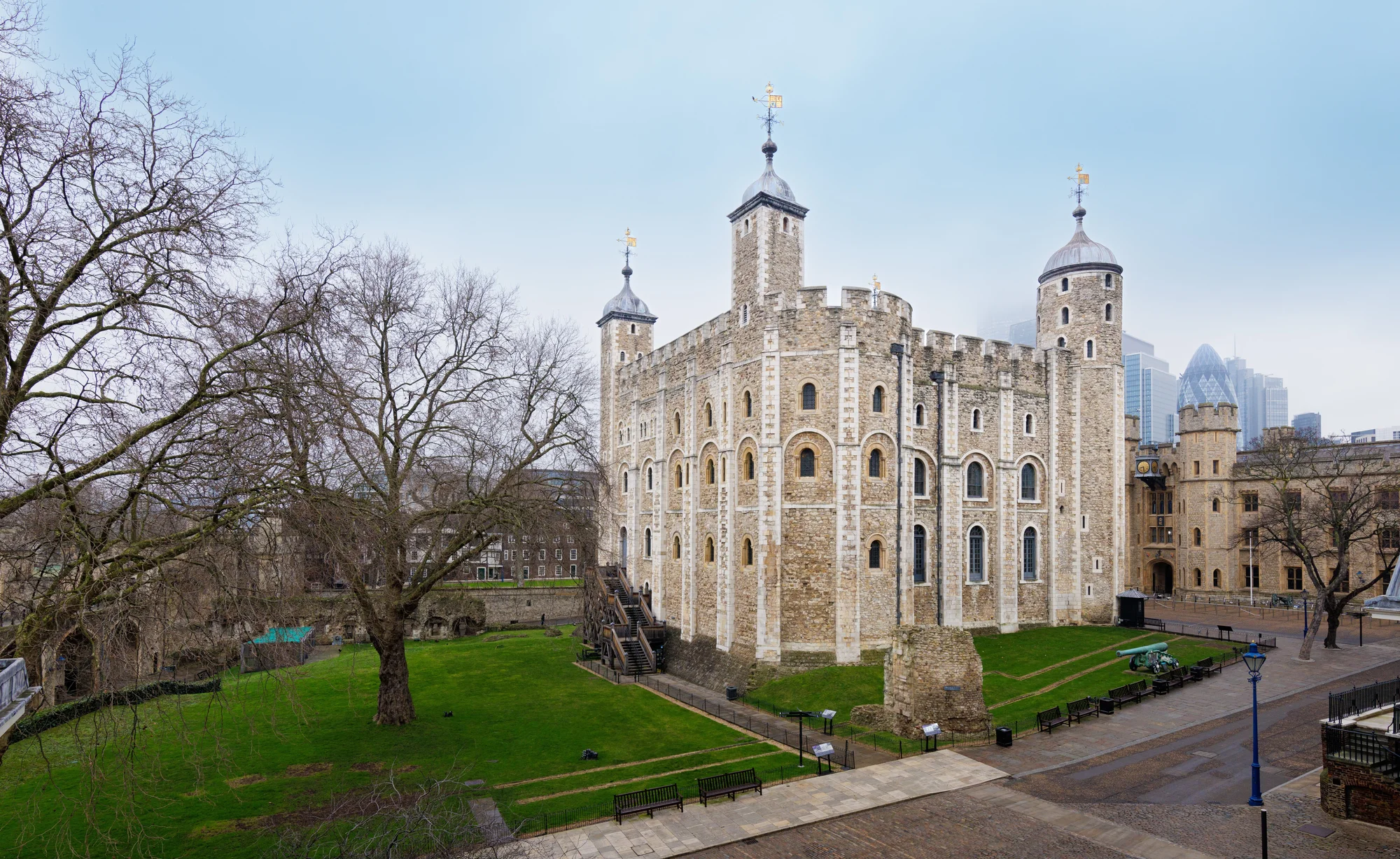 The White Tower
The White Tower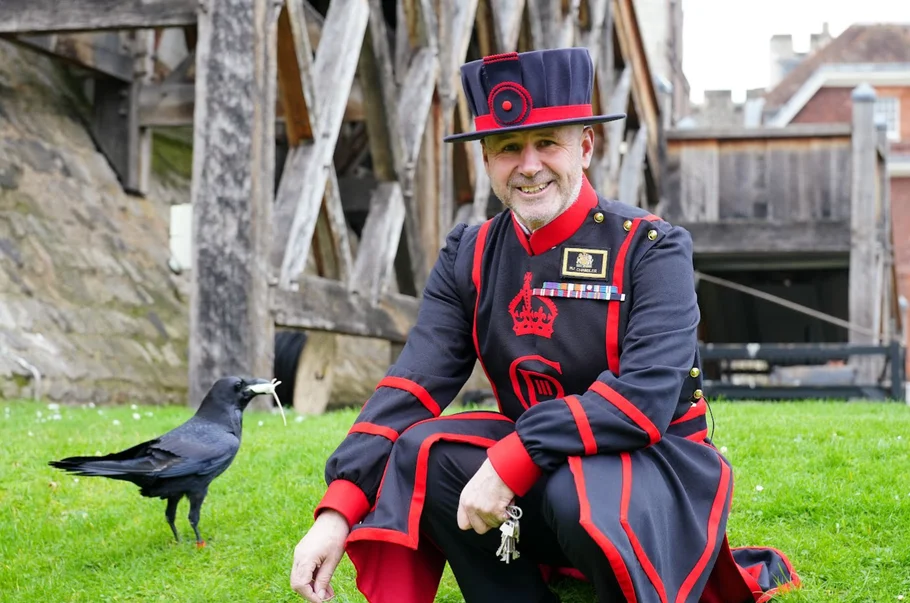 Ravenmaster Barney Chandler
Ravenmaster Barney Chandler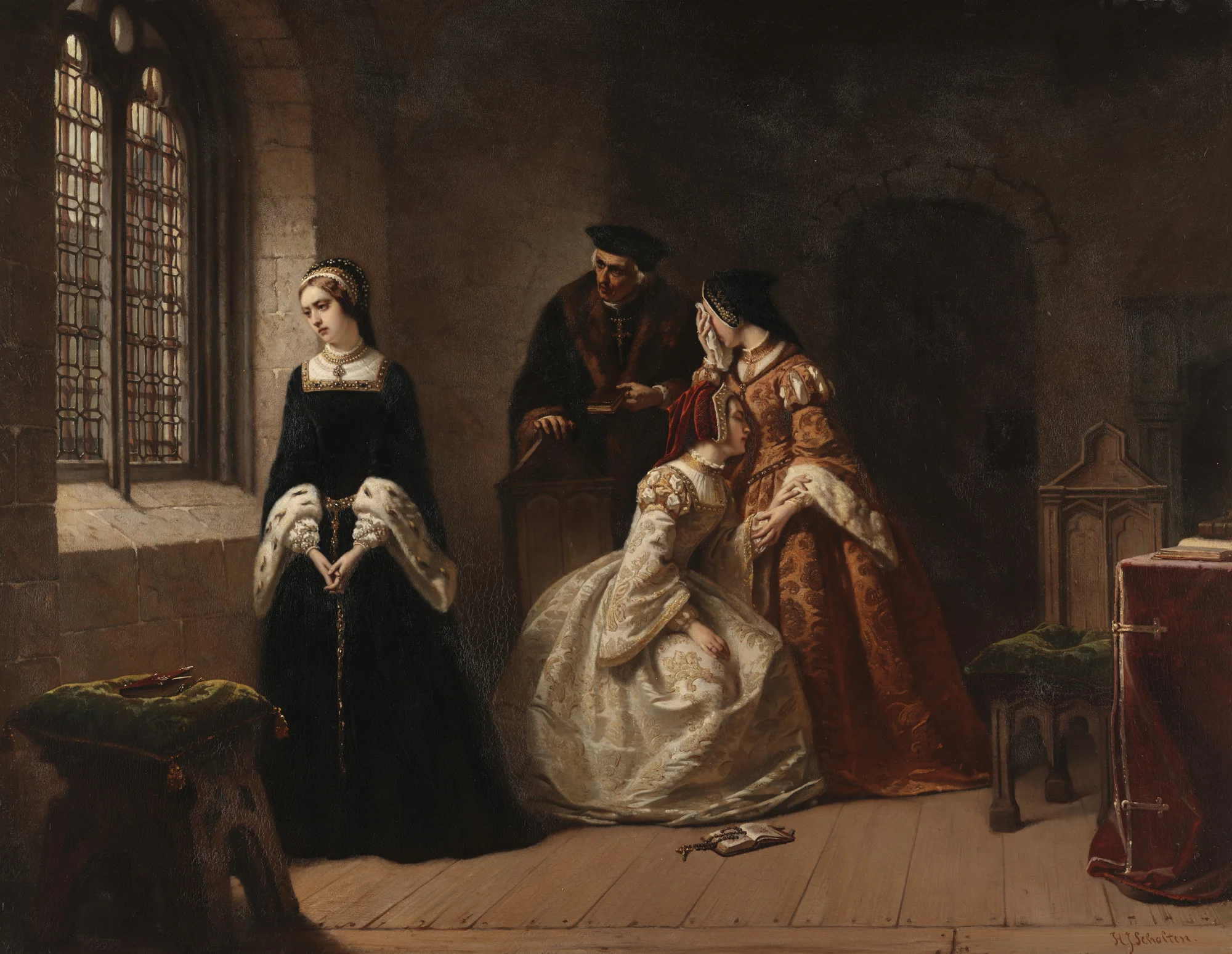 Last Moments of Lady Jane Grey
Last Moments of Lady Jane Grey
The project, called “A Day at the Tower,” invites audiences to explore the Tower through the three roles it played over time: a fortress, royal palace and fearsome prison. It gives access to a vast array of carefully curated materials, including immersive tours, engaging digital stories and ultra-high-resolution images of paintings and prints, walking you through history.
Start the day by guarding the Fortress: Learn about the history of the Yeoman Warders who have been guarding the Tower of London since the Tudor period, familiarise yourself with the grounds via its architecture, explore 2,000 years of archaeological history and patrol the battlements with Street View.
Item 1 of 3
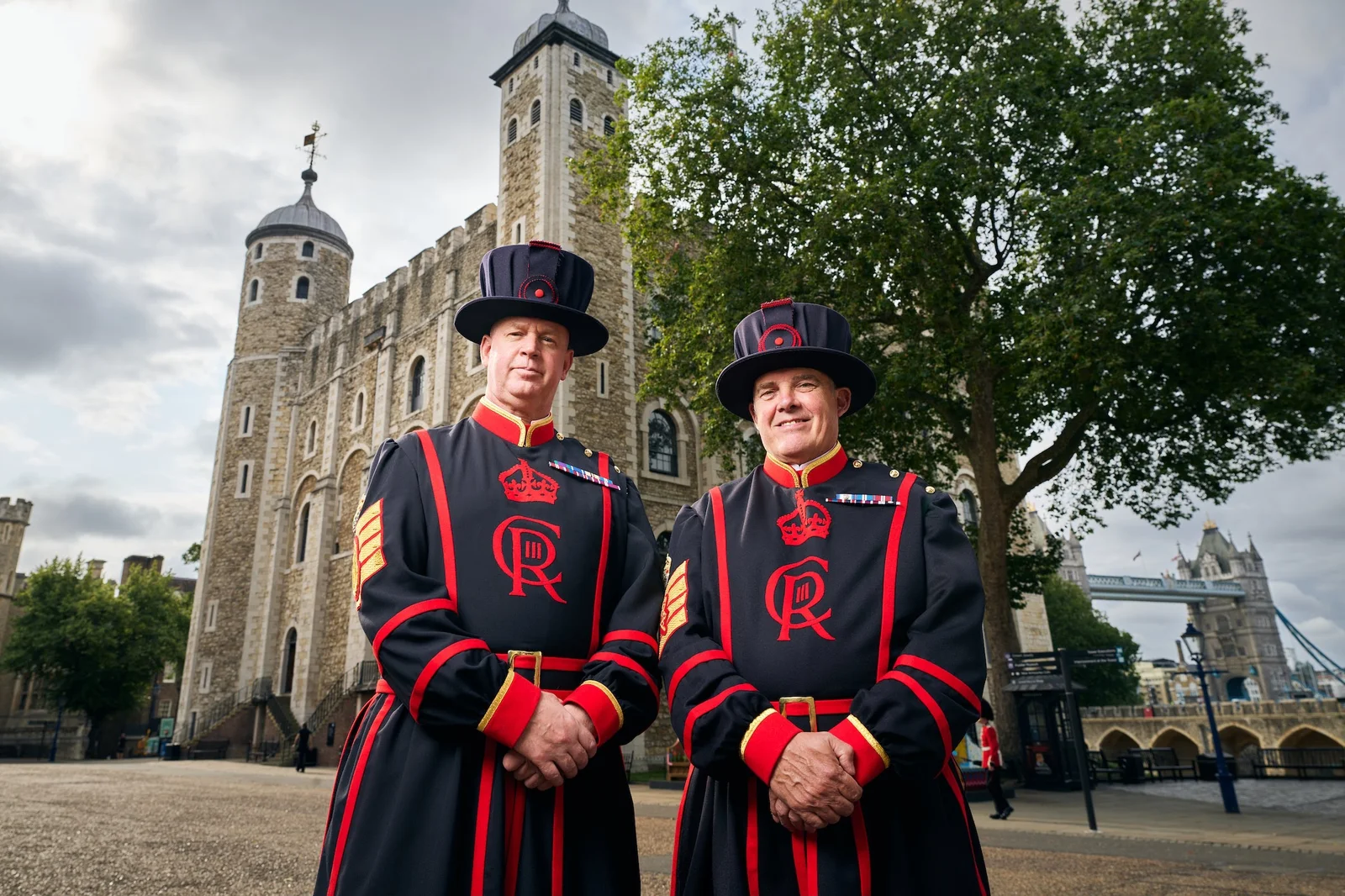 Yeoman Warders
Yeoman Warders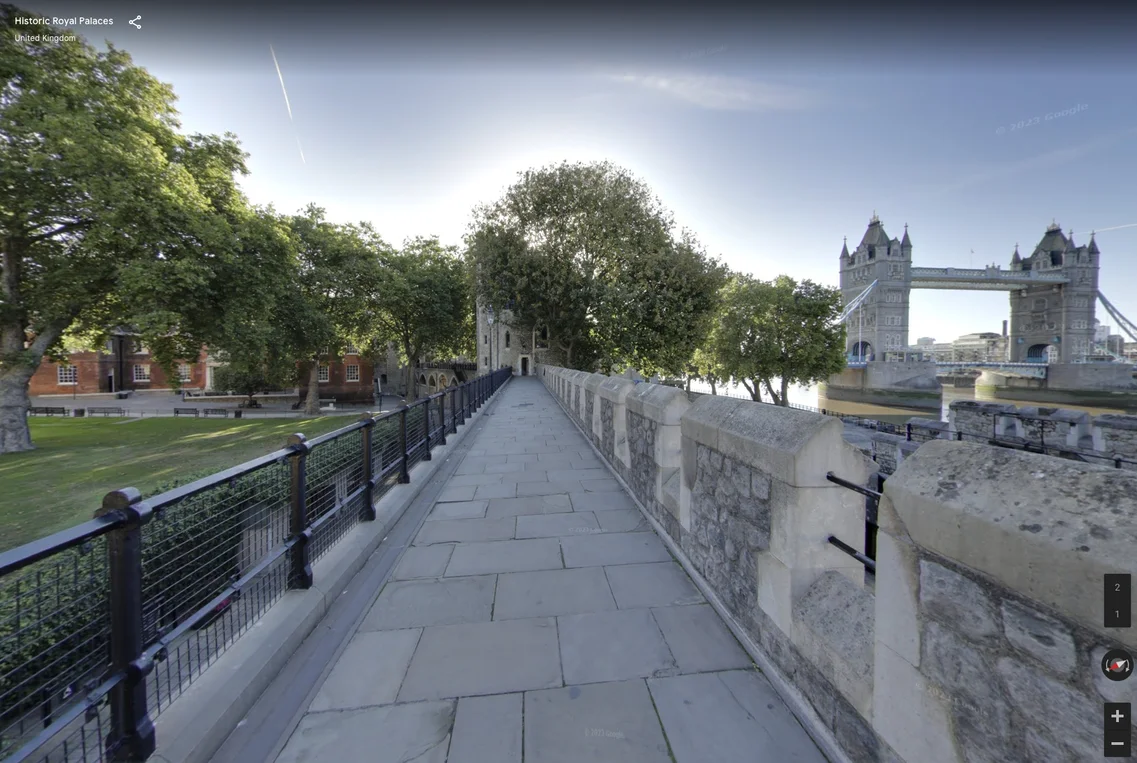 Street View of the Tower of London battlements
Street View of the Tower of London battlements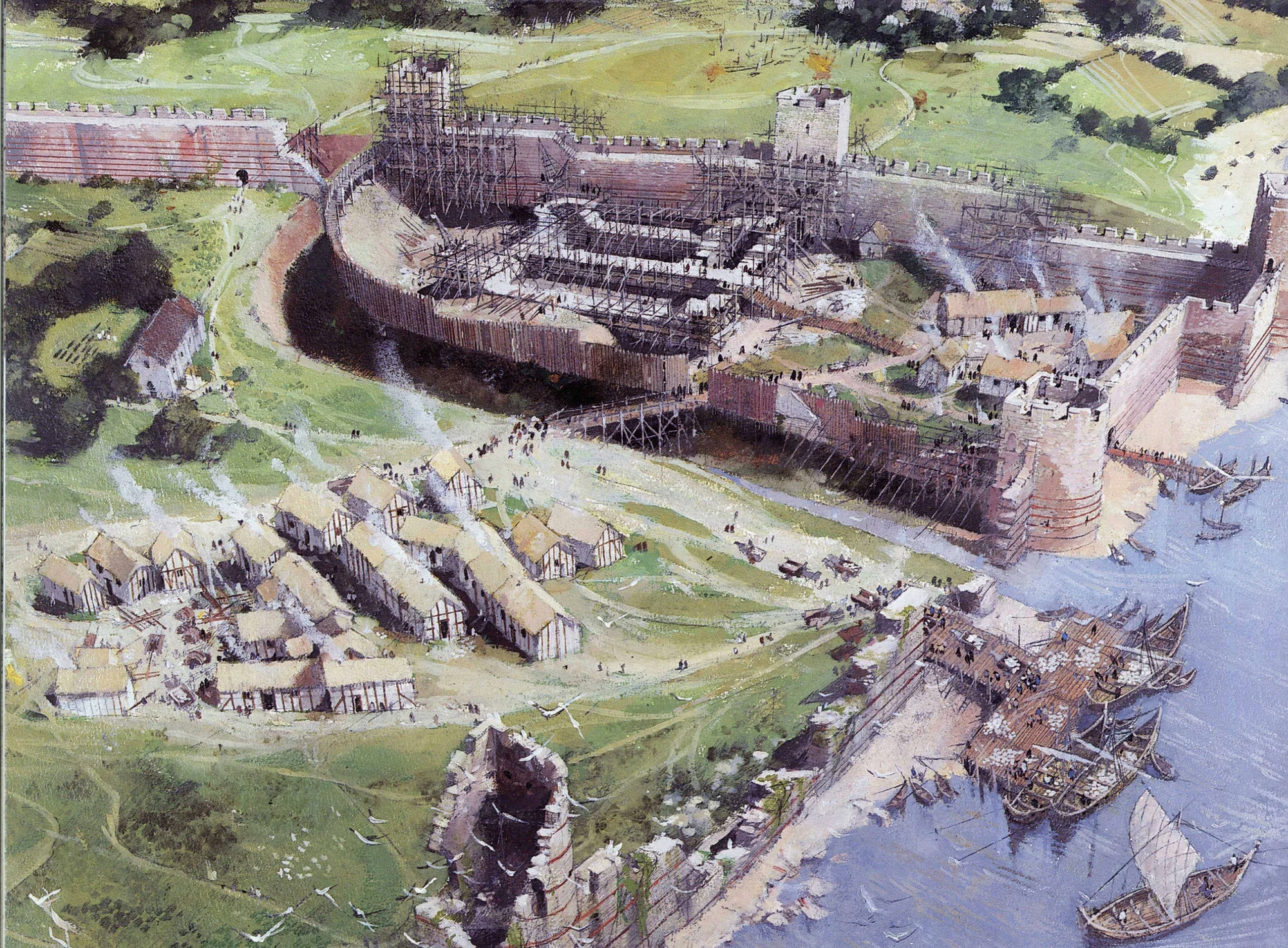 Illustrated interpretation of the Tower of London c.1080
Illustrated interpretation of the Tower of London c.1080
Did you know The Tower of London was once a splendid royal palace? Learn about the history of the Crown Jewels at the Tower and explore the “Byward Angel,” a royal medieval wall painting and one of London’s rarest masterpieces, which was digitised in ultra high resolution, allowing you to zoom into its details.
Item 1 of 3
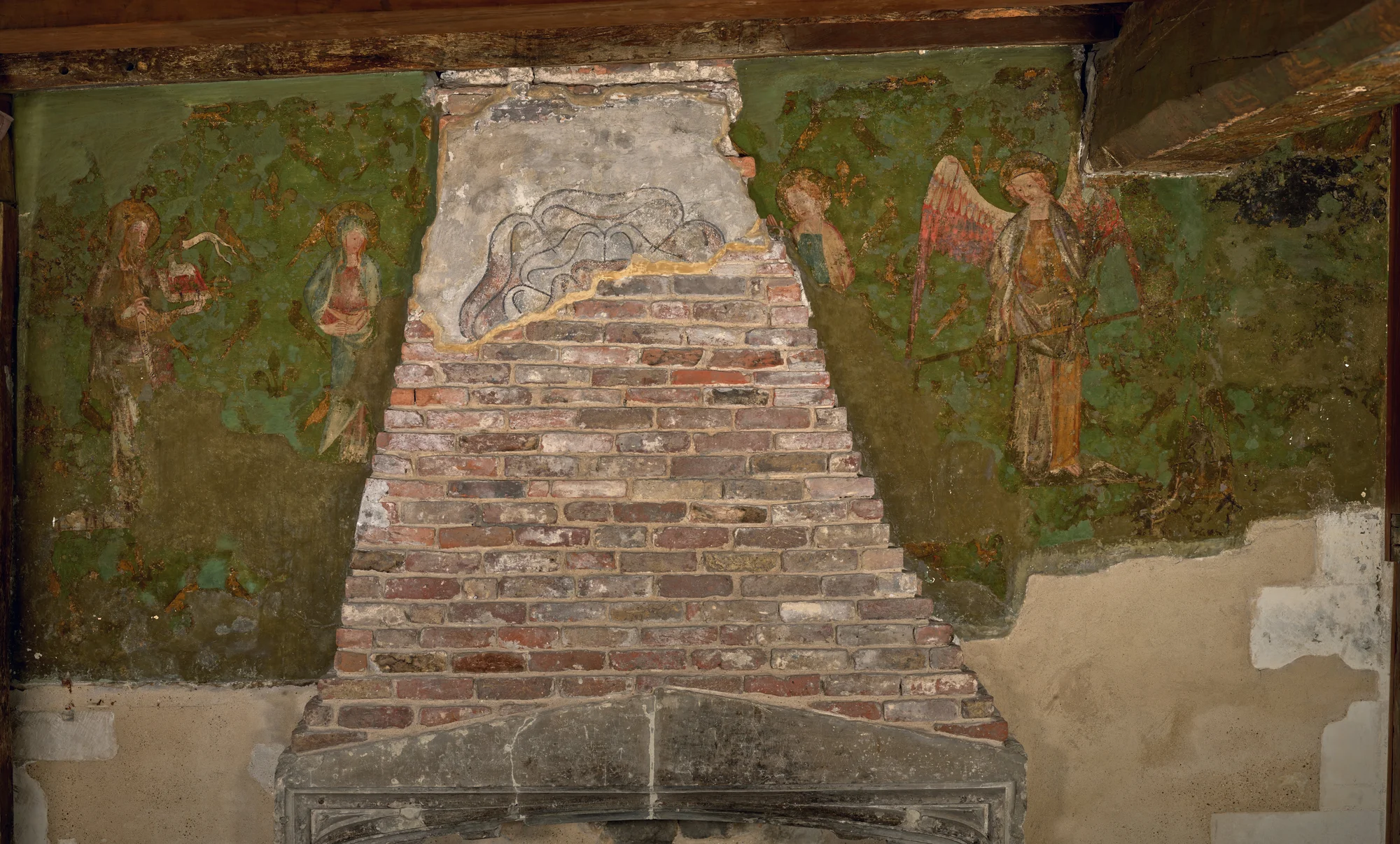 Surviving part of The Crucifixion, known as ‘The Byward Angel’
Surviving part of The Crucifixion, known as ‘The Byward Angel’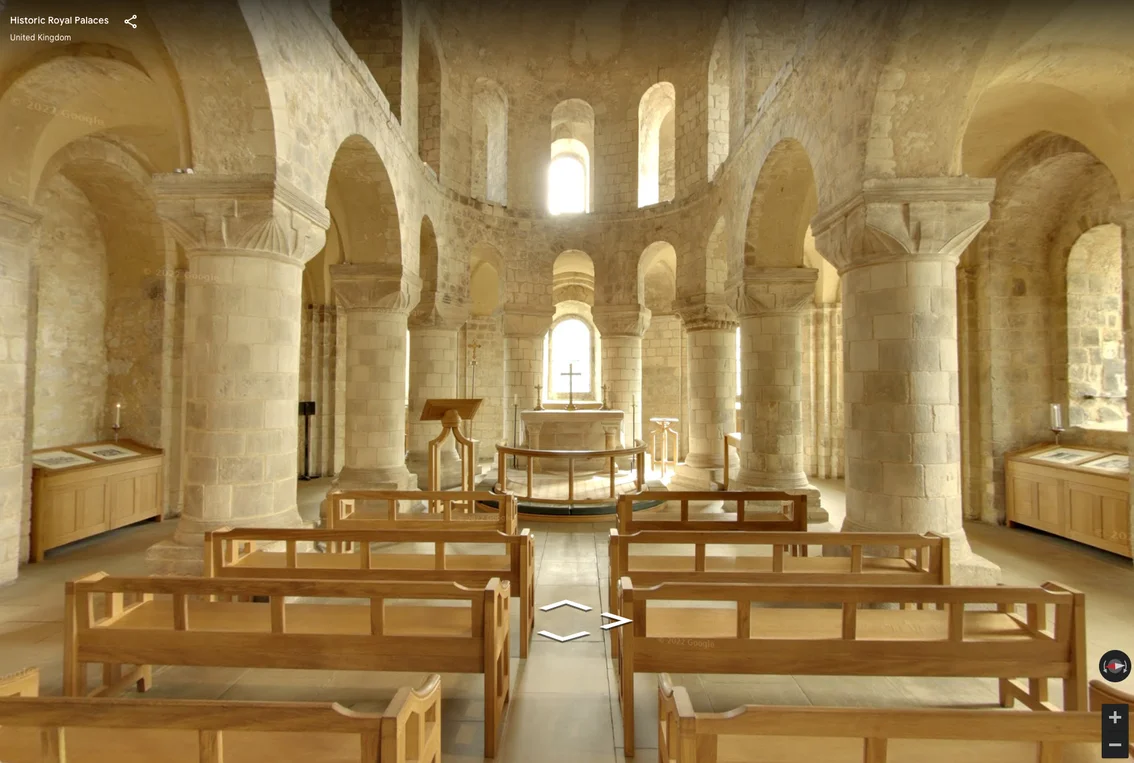 Street View of the chapel of St John the Evangelist
Street View of the chapel of St John the Evangelist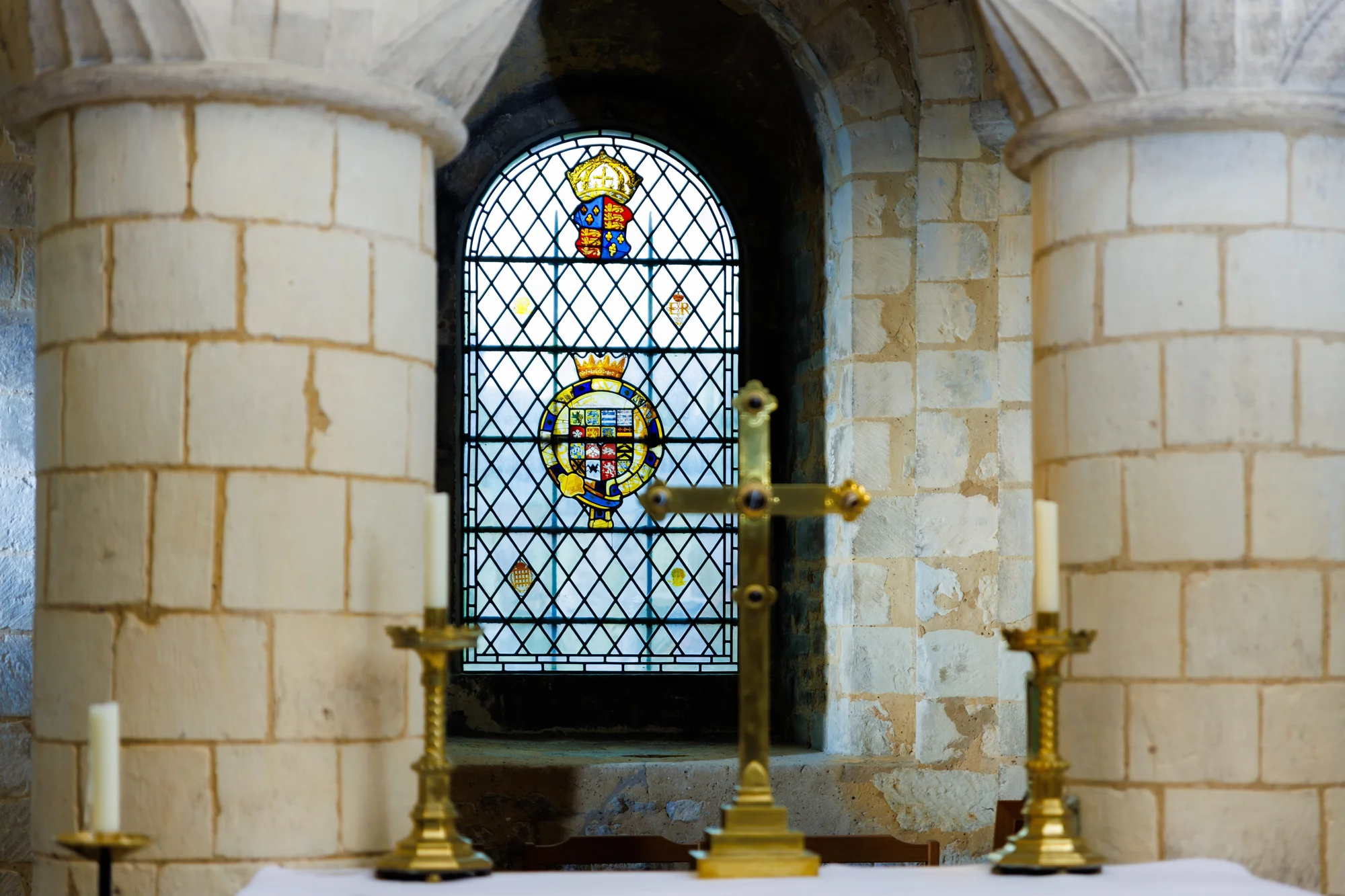 Stained glass window, Tower of London
Stained glass window, Tower of London- Finally, see how the Tower was used as a prison. Take a virtual tour of the Council Chamber in the King’s House or of the Bloody Tower, explore the Gunpowder Plot Monument — commemorating the failure of the Gunpowder Plot — and take a look at some of the graffiti left by the Tower’s prisoners.
Item 1 of 4
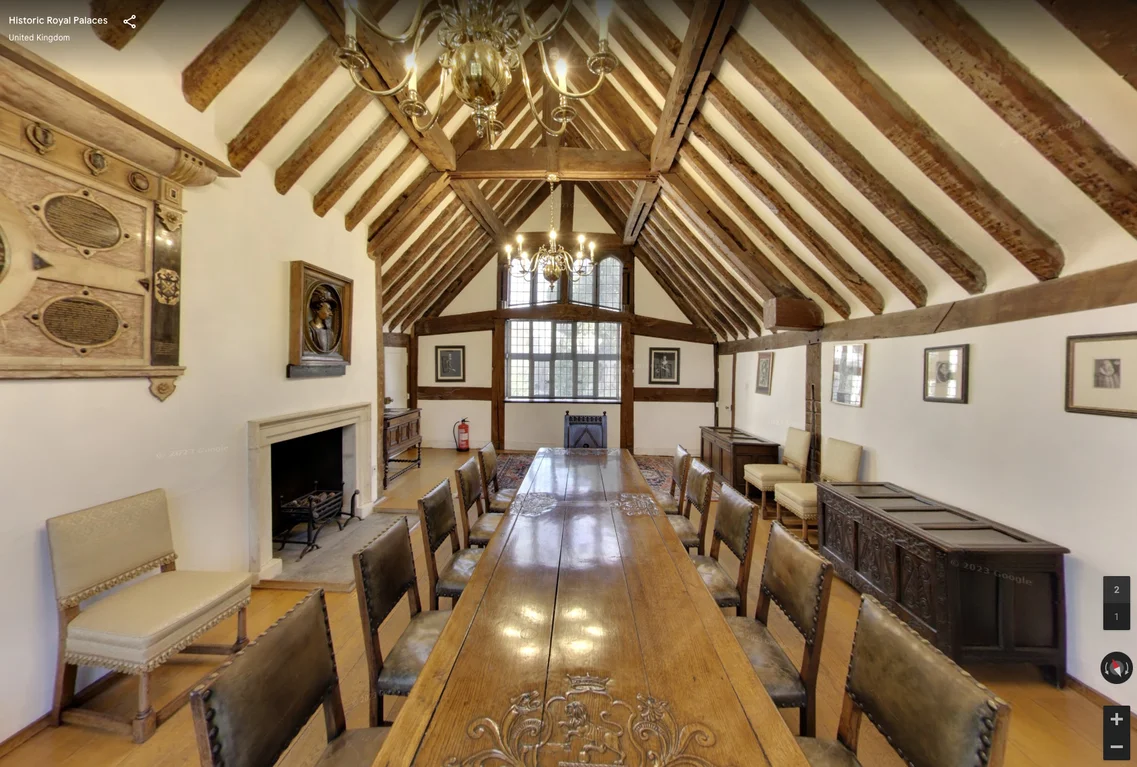 Street View of the King’s House
Street View of the King’s House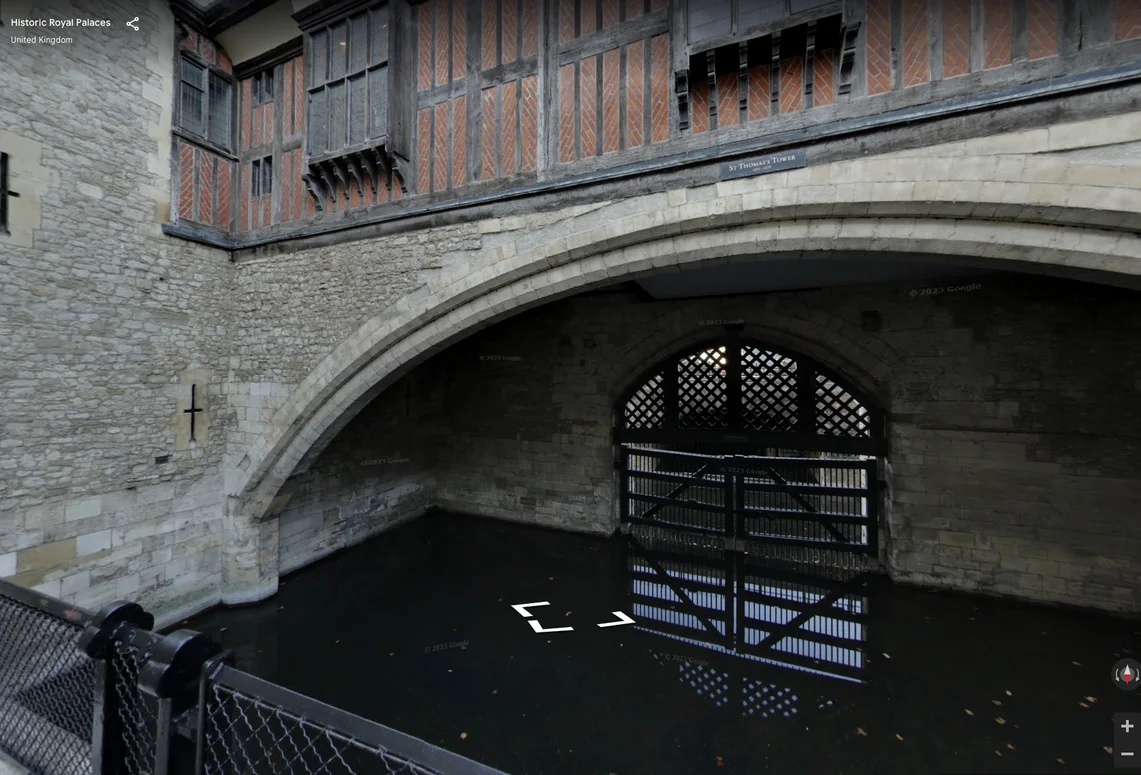 Street View of the Traitor’s Gate
Street View of the Traitor’s Gate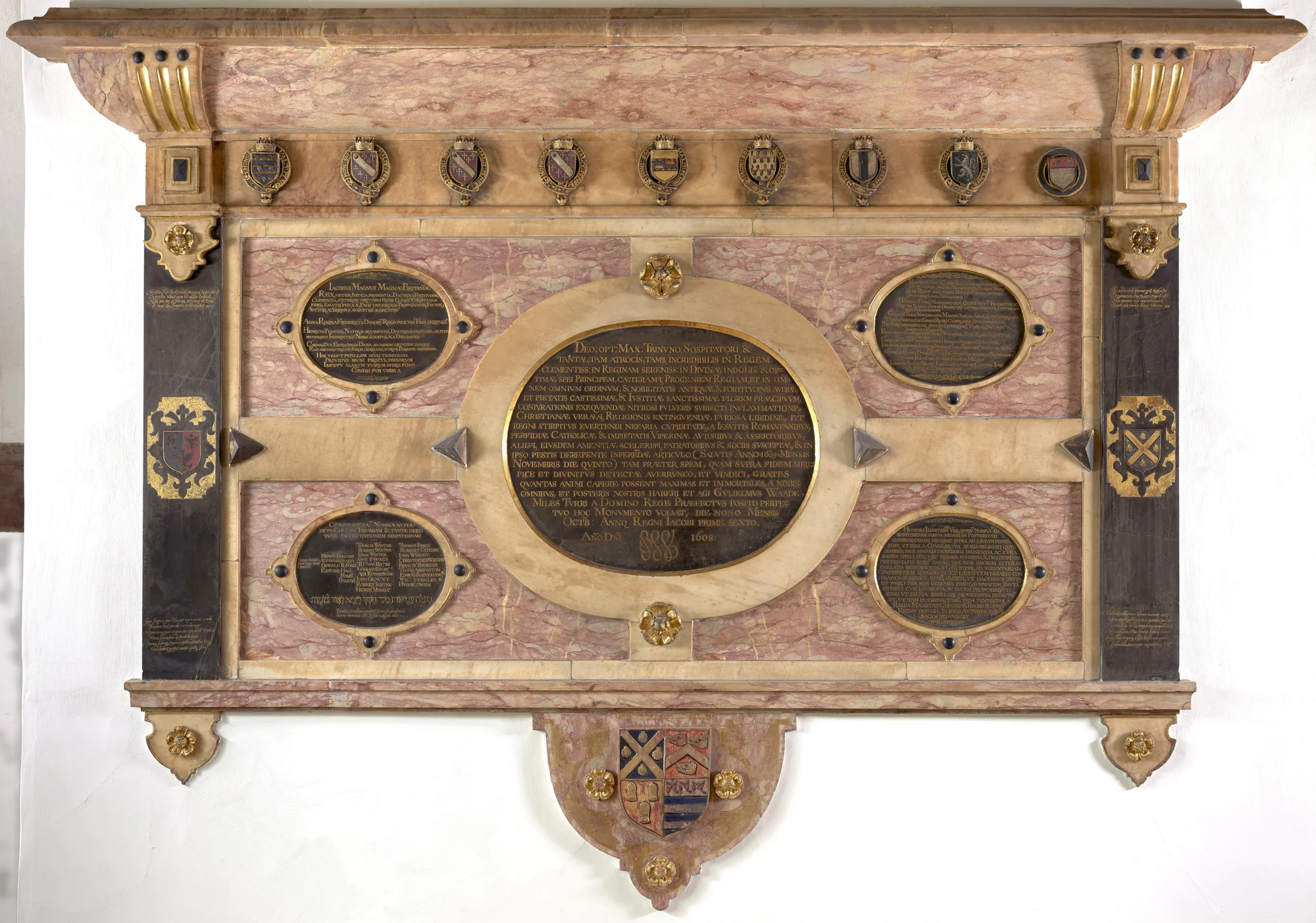 Monument commemorating the failure of the Gunpowder Plot
Monument commemorating the failure of the Gunpowder Plot Carved stone portrait bust of James VI and I
Carved stone portrait bust of James VI and I
Today, Historic Royal Palaces leads a programme of continuous research, conservation and interpretation at the Tower, as well as its other sites. An example of this work can be seen at the Banqueting House in Whitehall, whose painted ceiling is the only Rubens ceiling painting still found in situ. It was digitised in ultra high resolution to allow anyone to get up close to its nine panels, which measure a total of 225 square metres and hang over 15 metres above ground. You can also follow a virtual art tour by our Head of Collections Sebastian Edwards.
Item 1 of 3
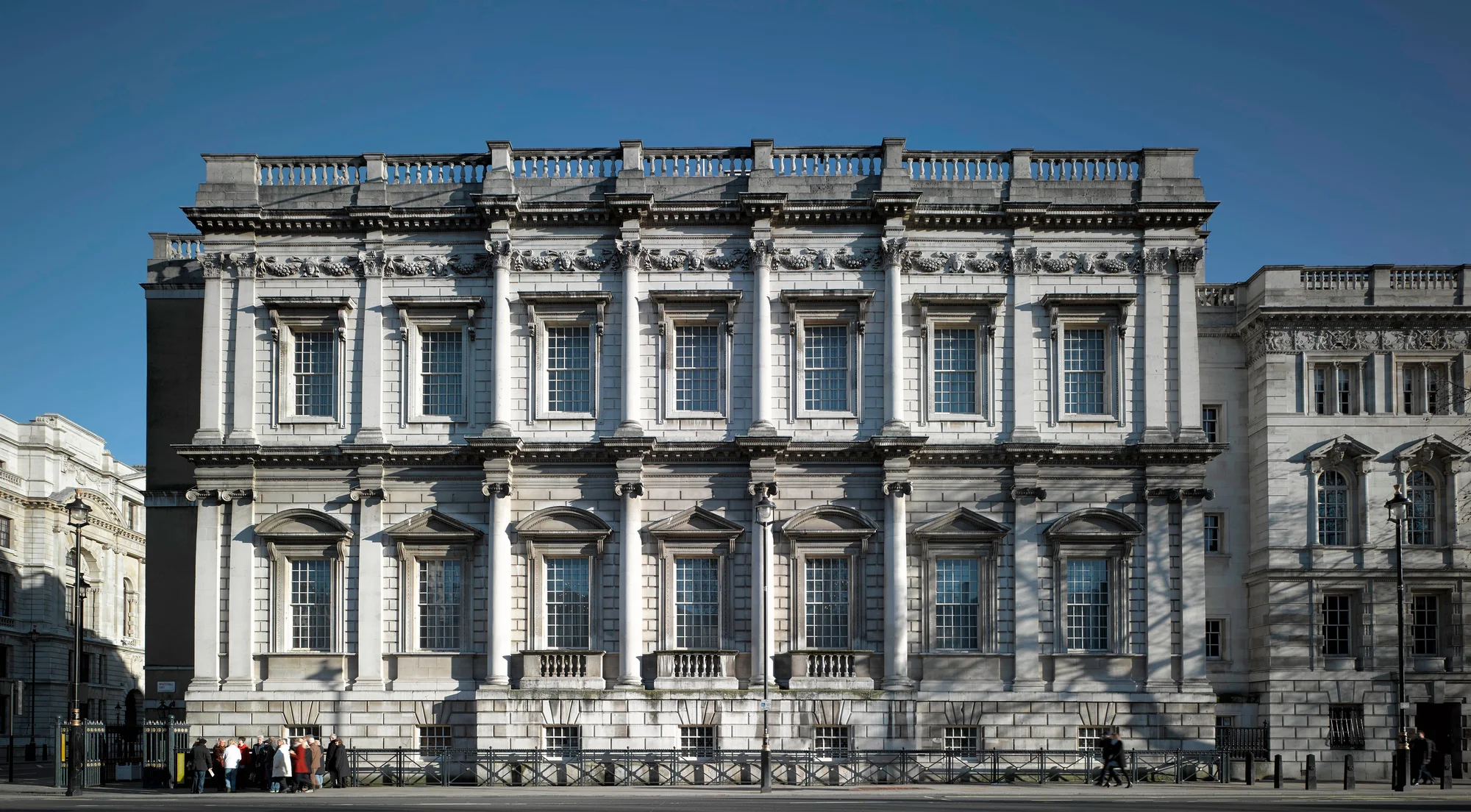 The Banqueting House in Whitehall
The Banqueting House in Whitehall The ceiling at the Banqueting House
The ceiling at the Banqueting House The Apotheosis of King James I
The Apotheosis of King James I
Coming back to the Tower of London, it is now the most popular historic attraction in the United Kingdom, welcoming a staggering 2.79 million visitors each year. The secret of its success — and its survival — has been its extraordinary ability to adapt to an ever-changing world. Although no longer threatened by invaders, the fortress is nevertheless subject to the steady encroachment of the City of London’s new high-rise buildings. Yet still it stands, a bastion of the past that is instantly recognisable across the world and now accessible to everyone at goo.gle/toweroflondon.






